Vivek Nair: There Is Definitely a Stigma Around Remote Work That's Hard to Change
Our latest interviewee is Vivek Nair, one of Forbes 30 under 30 and the creator of the remote tool Pragli.
Vivek Nair and his cofounder Doug Safreno previously founded StacksWare (acquired by Avi Networks) and after both graduated from Stanford in 2015 with Computer Science degrees. Vivek still teaches there for fun sometimes and also writes articles for their blog about working remotely and building a product.
After two years of remote work, Vivek and Doug were inspired by the flexibility of remote work, but frustrated with the loneliness and communication overhead. They built Pragli to solve these problems.
We talked to Vivek about the stigma around remote work, about the usefulness of eating lunch over video and how to move the remote movement forward.
Vivek Nair and his cofounder Doug Safreno previously founded StacksWare (acquired by Avi Networks) and after both graduated from Stanford in 2015 with Computer Science degrees. Vivek still teaches there for fun sometimes and also writes articles for their blog about working remotely and building a product.
After two years of remote work, Vivek and Doug were inspired by the flexibility of remote work, but frustrated with the loneliness and communication overhead. They built Pragli to solve these problems.
We talked to Vivek about the stigma around remote work, about the usefulness of eating lunch over video and how to move the remote movement forward.
First, tell me a little bit about yourself and how you came to remote work.
Sounds great!
I grew up in a small agricultural town in California called Bakersfield and then went to university at Stanford. At Stanford, I spent quite a lot of my time in computer science classes. Of course, it wasn't the most unique degree amongst the people who were there, but I absolutely loved it. I loved the curriculum and loved the network that I built there.
In my senior year at Stanford, a few friends and I decided to build a company. After a couple of quarters, we started to get customer interest in our product and decided to raise venture capital for the business. One of our professors happened to invest in companies, so he gave us a term sheet to build out our idea.
After raising $2M in venture capital and operating the business for two years, we decided to sell it to a company in Santa Clara. The acquiring company was based in Santa Clara and I was living in San Francisco at the time, so the commute was soul-sucking. The one-way commute time was an hour and a half minimum. After a certain set of months, we decided to negotiate working remotely. That was my first experience with remote work and I absolutely loved it.
So it was a nice balance where I could just work in my room and feel as though I could get a ton of deep work and not have to necessarily be subject to the office optics of having to be in the office from nine to five. Two, on top of that, not to have to deal with the sort of ambient distraction that happens inside of the office environment.
After working remotely, I noticed a large increase in my productivity. Moreover, being able to work remotely allowed me a tremendous amount of flexibility to travel wherever I needed to go. If I wanted to go hang out with my parents down in my hometown of Bakersfield, I could do that. If I wanted to work from a coffee shop, I could do that too.
But of course, there were a ton of challenges with working remotely and that was the inspiration for the latest venture that my previous co-founder and I recently made called Pragli. The product is designed to solve the two biggest problems for me while working remotely: the social isolation and the friction of communication in a remote setting. I think people really take for granted how valuable social connection is when you're working inside of an office environment. Impromptu synchronous conversations can foster a new culture and team bonding. We really missed the deep synchronous conversations that we enjoyed having in an office setting, whether the topics were related to work or not.
The main question for us was: is there a product that we can build that can feel more inclusive for remote workers? And that's how we built Pragli, a virtual office for remote teams.
Sounds great!
I grew up in a small agricultural town in California called Bakersfield and then went to university at Stanford. At Stanford, I spent quite a lot of my time in computer science classes. Of course, it wasn't the most unique degree amongst the people who were there, but I absolutely loved it. I loved the curriculum and loved the network that I built there.
In my senior year at Stanford, a few friends and I decided to build a company. After a couple of quarters, we started to get customer interest in our product and decided to raise venture capital for the business. One of our professors happened to invest in companies, so he gave us a term sheet to build out our idea.
After raising $2M in venture capital and operating the business for two years, we decided to sell it to a company in Santa Clara. The acquiring company was based in Santa Clara and I was living in San Francisco at the time, so the commute was soul-sucking. The one-way commute time was an hour and a half minimum. After a certain set of months, we decided to negotiate working remotely. That was my first experience with remote work and I absolutely loved it.
So it was a nice balance where I could just work in my room and feel as though I could get a ton of deep work and not have to necessarily be subject to the office optics of having to be in the office from nine to five. Two, on top of that, not to have to deal with the sort of ambient distraction that happens inside of the office environment.
After working remotely, I noticed a large increase in my productivity. Moreover, being able to work remotely allowed me a tremendous amount of flexibility to travel wherever I needed to go. If I wanted to go hang out with my parents down in my hometown of Bakersfield, I could do that. If I wanted to work from a coffee shop, I could do that too.
But of course, there were a ton of challenges with working remotely and that was the inspiration for the latest venture that my previous co-founder and I recently made called Pragli. The product is designed to solve the two biggest problems for me while working remotely: the social isolation and the friction of communication in a remote setting. I think people really take for granted how valuable social connection is when you're working inside of an office environment. Impromptu synchronous conversations can foster a new culture and team bonding. We really missed the deep synchronous conversations that we enjoyed having in an office setting, whether the topics were related to work or not.
The main question for us was: is there a product that we can build that can feel more inclusive for remote workers? And that's how we built Pragli, a virtual office for remote teams.

Cool! So how exactly did you come up with the idea? I mean, there are not a lot, but some decent instruments for remote communication. What did you lack in them? Why did you decide that the remote world needed Pragli?
Absolutely. It's a question that we get a lot.
If you look at the landscape today, the core primitives of communication exist and work well. We have Slack, a pretty solid chat application. We have Zoom, a great video conferencing tool with solid reliability. But what was missing for us was the ability to dive into rich conversations immediately in the same way that you could in an office.
In an office, I can pick up my laptop, go over to your desk and ask you "Are you available for a chat?" Unfortunately, in the existing landscape right now, you still have to fiddle around with Zoom links or have an awkward exchange where you're sending "You there?" messages on Slack and then getting a response 15 minutes later.
Firstly, we wanted a product that was more immersive, that allowed people to just dive into those conversations similar to how you would behave inside an office setting. We replicated this with walkie-talkie functionality.
Then secondly, we wanted to capture impromptu synchronous conversations. We created audio channels in Pragli, which are the audio/video equivalents of Slack channels. Essentially, anyone can see and participate in the conversations that are happening throughout the office.
If I'm inside of the audio channel, everybody can see the fact that I'm inside. For example, if I'm present in the #water-cooler channel, I'm sending a social signal to my team: "Anybody else who is on a break right now or eating lunch can feel free to join me for a chat." Those mechanics just don't exist in the current landscape, and that's the gap that we're trying to fill.
Absolutely. It's a question that we get a lot.
If you look at the landscape today, the core primitives of communication exist and work well. We have Slack, a pretty solid chat application. We have Zoom, a great video conferencing tool with solid reliability. But what was missing for us was the ability to dive into rich conversations immediately in the same way that you could in an office.
In an office, I can pick up my laptop, go over to your desk and ask you "Are you available for a chat?" Unfortunately, in the existing landscape right now, you still have to fiddle around with Zoom links or have an awkward exchange where you're sending "You there?" messages on Slack and then getting a response 15 minutes later.
Firstly, we wanted a product that was more immersive, that allowed people to just dive into those conversations similar to how you would behave inside an office setting. We replicated this with walkie-talkie functionality.
Then secondly, we wanted to capture impromptu synchronous conversations. We created audio channels in Pragli, which are the audio/video equivalents of Slack channels. Essentially, anyone can see and participate in the conversations that are happening throughout the office.
If I'm inside of the audio channel, everybody can see the fact that I'm inside. For example, if I'm present in the #water-cooler channel, I'm sending a social signal to my team: "Anybody else who is on a break right now or eating lunch can feel free to join me for a chat." Those mechanics just don't exist in the current landscape, and that's the gap that we're trying to fill.
I like the part about the immersiveness of this tool. Please say a few words about how you actually built Pragli? How did you assemble the team?
Doug (my Pragli co-founder) and I are engineers by trade and sales and marketing people by necessity. We only have two people on a team, and that's by design.
In the remote space where companies are getting funded left and right, we wanted to be very purposeful about raising money. We want to make sure that the core mechanics of the product feel right and we have plenty of cash right now to make sure that we get it right.
When we started building Pragli, we holed up for 4 months building out the initial version of the product with a few alpha teams. Especially with video conference products, you have to make sure that the audio and video quality are great.
We use a variety of modern tooling such as Firebase, React, and Agora as our video conferencing service provider. To minimize how much backend infrastructure we have to manage, we heavily use Firebase Cloud Functions from Google Cloud. They're cheap and developer-friendly.
Doug (my Pragli co-founder) and I are engineers by trade and sales and marketing people by necessity. We only have two people on a team, and that's by design.
In the remote space where companies are getting funded left and right, we wanted to be very purposeful about raising money. We want to make sure that the core mechanics of the product feel right and we have plenty of cash right now to make sure that we get it right.
When we started building Pragli, we holed up for 4 months building out the initial version of the product with a few alpha teams. Especially with video conference products, you have to make sure that the audio and video quality are great.
We use a variety of modern tooling such as Firebase, React, and Agora as our video conferencing service provider. To minimize how much backend infrastructure we have to manage, we heavily use Firebase Cloud Functions from Google Cloud. They're cheap and developer-friendly.
Well, that's very sustainable. I know that you like to dispel the myth about asynchronous communication. Can you tell us a little bit about it? The trends are now saying a lot about the positive side, but could you talk about the other side?
I wrote a blog post about asynchronous communication, and my thought process in that post really reveals why we built this product.
There's a lot of discourse in the community (and rightfully so) about the necessity of asynchronous communication. You need to be able to document things, especially if you're working across time zones. If I'm working with somebody in India and the time difference is literally twelve hours, you probably get an hour overlap (if you're lucky) unless you're making dramatic changes to your lifestyle to "time zone match" your team.
I understand the value of asynchronous communication for documenting everything and creating artifacts that can persist. I think right now many companies, especially in the early days of this movement, are not documenting enough.
What I would push back against is that there's a degree of dogmatism that really pushes this idea that asynchronous is the solution to everything, and I personally don't think that's the case. You need to have a strong synchronous connection with your teammates if you're going to build a deep, meaningful conversation with them.
A lot of companies are addressing this by building in the mechanics for scheduled happy hours or use Slack bots like Donut to help facilitate those meetings - and those are great! But what's really missing and where the core mechanics of culture are really built is impromptu synchronous conversations.
If you think of a physical office space, most bonding experiences happen over lunch conversation or via serendipitous encounters at the water cooler.
One very eye-opening statistic was that most remote workers only have one unscheduled audio/video conversation with their teammates per week. This is especially interesting if you think about how many times you're actually communicating with people in an office setting.
The number one and two issues plaguing remote work right now are social isolation and communication. It will only get worse if we keep over-emphasizing asynchronous communication and not giving very mindful thought about how we can incorporate impromptu synchronous conversation into the work life.
I wrote a blog post about asynchronous communication, and my thought process in that post really reveals why we built this product.
There's a lot of discourse in the community (and rightfully so) about the necessity of asynchronous communication. You need to be able to document things, especially if you're working across time zones. If I'm working with somebody in India and the time difference is literally twelve hours, you probably get an hour overlap (if you're lucky) unless you're making dramatic changes to your lifestyle to "time zone match" your team.
I understand the value of asynchronous communication for documenting everything and creating artifacts that can persist. I think right now many companies, especially in the early days of this movement, are not documenting enough.
What I would push back against is that there's a degree of dogmatism that really pushes this idea that asynchronous is the solution to everything, and I personally don't think that's the case. You need to have a strong synchronous connection with your teammates if you're going to build a deep, meaningful conversation with them.
A lot of companies are addressing this by building in the mechanics for scheduled happy hours or use Slack bots like Donut to help facilitate those meetings - and those are great! But what's really missing and where the core mechanics of culture are really built is impromptu synchronous conversations.
If you think of a physical office space, most bonding experiences happen over lunch conversation or via serendipitous encounters at the water cooler.
One very eye-opening statistic was that most remote workers only have one unscheduled audio/video conversation with their teammates per week. This is especially interesting if you think about how many times you're actually communicating with people in an office setting.
The number one and two issues plaguing remote work right now are social isolation and communication. It will only get worse if we keep over-emphasizing asynchronous communication and not giving very mindful thought about how we can incorporate impromptu synchronous conversation into the work life.
Speaking of bonding during lunch, you even practice remote video lunches! How do they go? What do they look like?
Doug and I have been playing around with a lot of different ways of feeling more bonded while working remotely. And one of those is eating lunch over video.
We're figuring out exactly it felt to do that. It's an idea that a lot of remote teams don't do but could actually lead to a lot of interesting discussion and bonding. At first, I was a bit skeptical, but it was great!
Some of the downsides are that there's still a stigma about eating on camera. There's just something off-putting and gross about the experience at first. But when you realize that people don't feel gross about eating in front of each other in-person, the stigma seems silly.
Doug and I have been playing around with a lot of different ways of feeling more bonded while working remotely. And one of those is eating lunch over video.
We're figuring out exactly it felt to do that. It's an idea that a lot of remote teams don't do but could actually lead to a lot of interesting discussion and bonding. At first, I was a bit skeptical, but it was great!
Some of the downsides are that there's still a stigma about eating on camera. There's just something off-putting and gross about the experience at first. But when you realize that people don't feel gross about eating in front of each other in-person, the stigma seems silly.
I don't know if there's a video recording of your remote lunch, but I would love to take a look at it!
When we published that blog post, many people were definitely curious about the experience. Some people even asked if they could join in!
I think it'd be interesting to have other remote employees or founders all get together and have lunch virtually. That's one use case of Pragli that we don't talk about as much - it's not just for work. You can use this product for all sorts of communication dynamics. You can use it for communities or even their friend groups.
I get it.
You know, a lot of people when they hear about remote workers, they think about freelancers lying on the couch, in sweatpants, too lazy to go to the office. And I know that you say that you generally avoid wearing house clothes and trying to be very serious about how you look when you work. Just tell me why and how.
I personally like to dress up because it puts me in the right psychological headspace, where there's a strong barrier between what is personal and what is professional. I don't think that necessarily everybody has to adopt that.
I think that's a personality element of mine. It also makes it easier for me to unplug from work at the end of the day. If it's 9:00 AM or it's 6:00 PM and I switch into a different set of clothes, I'm saying to myself, "I'm ready for the day" or "that's all for today." Especially since my workspace is located directly inside of my bedroom, it's even more difficult to psychologically distance myself from the end of the work day.
Addressing your other part of the question, there definitely is a stigma around remote work that's hard to change. People have to acknowledge that remote work is not about laziness or inability to socialize with other people. There's also this stigma that it's only for reclusive introverts who don't like socializing with people.
Remote work is so much more than that. It's about avoiding commutes and taking care of your kids when they're sick and having the flexibility to live in a way that doesn't disrupt your professional life. I think that message has to be evangelized over and over again if we're going to make a serious dent and change those perceptions.
When we published that blog post, many people were definitely curious about the experience. Some people even asked if they could join in!
I think it'd be interesting to have other remote employees or founders all get together and have lunch virtually. That's one use case of Pragli that we don't talk about as much - it's not just for work. You can use this product for all sorts of communication dynamics. You can use it for communities or even their friend groups.
I get it.
You know, a lot of people when they hear about remote workers, they think about freelancers lying on the couch, in sweatpants, too lazy to go to the office. And I know that you say that you generally avoid wearing house clothes and trying to be very serious about how you look when you work. Just tell me why and how.
I personally like to dress up because it puts me in the right psychological headspace, where there's a strong barrier between what is personal and what is professional. I don't think that necessarily everybody has to adopt that.
I think that's a personality element of mine. It also makes it easier for me to unplug from work at the end of the day. If it's 9:00 AM or it's 6:00 PM and I switch into a different set of clothes, I'm saying to myself, "I'm ready for the day" or "that's all for today." Especially since my workspace is located directly inside of my bedroom, it's even more difficult to psychologically distance myself from the end of the work day.
Addressing your other part of the question, there definitely is a stigma around remote work that's hard to change. People have to acknowledge that remote work is not about laziness or inability to socialize with other people. There's also this stigma that it's only for reclusive introverts who don't like socializing with people.
Remote work is so much more than that. It's about avoiding commutes and taking care of your kids when they're sick and having the flexibility to live in a way that doesn't disrupt your professional life. I think that message has to be evangelized over and over again if we're going to make a serious dent and change those perceptions.
That's what we're trying to do! In general, do you really think that remote work is suitable for everyone?
I actually created this interactive application that shows remote trends by different U.S. cities. Unsurprisingly if you look at the agricultural cities with tons of blue-collar labor, there are physical constraints that prevent people in those areas from going remote. But, as more and more professions become digital, remote will continue to grow.
But at the same time, so long as the problems of social isolation and communication are not being addressed, it's going to be a slow push. Also for many people who work in the office and don't have to deal with a long commute, they will likely push back against the remote movement. They love the office conversation they have, and the physical community that they fostered at their office. They simply enjoy being immersed in that setup.
But I hope that even if you decide to work in a physical office space, you will have the mechanics of communication set up such that you can work remotely if you need to. That will be the hardest to bridge, because the natural inclination for people inside of physical offices is to tap someone on the shoulder. But that immediately excludes anyone who might be part of your team who isn't physically located there. So we need to figure out how to combat that communication asymmetry.
Even though everybody will not necessarily go remote, I hope that there is more thoughtfulness about including remote workers, even if there is a physical office.
So the hardest thing about remote work is unplugging yourself, changing clothes or something. Me, personally, I can not get out of the house for several days. How do you handle that? I know that you meditate, play basketball...
I've had this conversation many times with remote workers who say the exact same thing. I think that the best way to deal with this is to keep scheduling a consistent cadence of activities throughout the week.
I personally like to have three or four instances throughout the week of me attending an event or playing basketball — something that's completely disconnected from work.
More tactically, I try to add three calendar events past 6:00 PM, somewhere between Monday and Thursday. The most important part is to be very diligent and purposeful about scheduling that time at the start of the week.
Do you plan to scale your product by hiring remotely in the future?
I definitely want to hire remotely.
Firstly, I want to increase the space of options for excellent talent, because it's so difficult to find great talent that's actually available on the market in the Bay Area.
Secondly, even if you can recruit these talented engineers in the Bay Area away from the FAANG companies, you have to pay them an absurd amount to retain them because the cost of living is so high. If you're in the Bay Area and especially if you're trying to be a capital-efficient business, the most rational decision to make is to hire remotely.
Moreover, I believe in remote work and I want to practice what I preach. I want to do whatever I can to move this movement forward. Especially since I've spent so much time into understanding what makes a remote team successful, I think I have a really good playbook for how to create an excellent remote team.
As I said, I'm pretty sure that you are going to make it work with the magic of remote teams!
Yeah, the ball's in our court. I think we'll find a great strategy for hiring the best talent in the remote space!
I actually created this interactive application that shows remote trends by different U.S. cities. Unsurprisingly if you look at the agricultural cities with tons of blue-collar labor, there are physical constraints that prevent people in those areas from going remote. But, as more and more professions become digital, remote will continue to grow.
But at the same time, so long as the problems of social isolation and communication are not being addressed, it's going to be a slow push. Also for many people who work in the office and don't have to deal with a long commute, they will likely push back against the remote movement. They love the office conversation they have, and the physical community that they fostered at their office. They simply enjoy being immersed in that setup.
But I hope that even if you decide to work in a physical office space, you will have the mechanics of communication set up such that you can work remotely if you need to. That will be the hardest to bridge, because the natural inclination for people inside of physical offices is to tap someone on the shoulder. But that immediately excludes anyone who might be part of your team who isn't physically located there. So we need to figure out how to combat that communication asymmetry.
Even though everybody will not necessarily go remote, I hope that there is more thoughtfulness about including remote workers, even if there is a physical office.
So the hardest thing about remote work is unplugging yourself, changing clothes or something. Me, personally, I can not get out of the house for several days. How do you handle that? I know that you meditate, play basketball...
I've had this conversation many times with remote workers who say the exact same thing. I think that the best way to deal with this is to keep scheduling a consistent cadence of activities throughout the week.
I personally like to have three or four instances throughout the week of me attending an event or playing basketball — something that's completely disconnected from work.
More tactically, I try to add three calendar events past 6:00 PM, somewhere between Monday and Thursday. The most important part is to be very diligent and purposeful about scheduling that time at the start of the week.
Do you plan to scale your product by hiring remotely in the future?
I definitely want to hire remotely.
Firstly, I want to increase the space of options for excellent talent, because it's so difficult to find great talent that's actually available on the market in the Bay Area.
Secondly, even if you can recruit these talented engineers in the Bay Area away from the FAANG companies, you have to pay them an absurd amount to retain them because the cost of living is so high. If you're in the Bay Area and especially if you're trying to be a capital-efficient business, the most rational decision to make is to hire remotely.
Moreover, I believe in remote work and I want to practice what I preach. I want to do whatever I can to move this movement forward. Especially since I've spent so much time into understanding what makes a remote team successful, I think I have a really good playbook for how to create an excellent remote team.
As I said, I'm pretty sure that you are going to make it work with the magic of remote teams!
Yeah, the ball's in our court. I think we'll find a great strategy for hiring the best talent in the remote space!
We can talk endlessly about remote work because we practice it ourselves and believe in it. But, the words of СEO's and СТО's of other startups with teams distributed around the world will sound much more convincing. Go ahead and check out the recording of Vivek's "Communication in remote teams" presentation at our Remote-First Conference here.
And in the end, three steps not to postpone, but to act:
1. Create an account
2. Start trial
3. Hire remote with 6nomads.com
And in the end, three steps not to postpone, but to act:
1. Create an account
2. Start trial
3. Hire remote with 6nomads.com
Did you like this article?

3 February / 2020